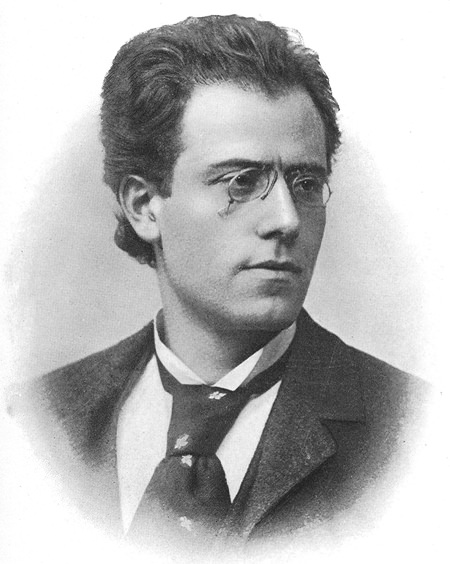
Think back to any music that you know well, and it will almost certainly the tune that first springs to mind. Tunes, airs, melodies, themes – call them what you will, but Mozart once remarked that “Melody is the very essence of music.” Prokofiev once said that he “never doubted the importance of melody” and the French composer Vincent d’Indy wrote that “melody alone never grows old”. Well, you might say, this is all very well but what is melody? Those nice people at Wikipedia state that a melody “is a linear succession of musical tones that the listener perceives as a single entity.” This statement rather misses the key issue in that melody is primarily a form of human expression.
Let’s try to unpack the definition of melody a bit. Imagine a singer making up a tune. Having sung the first note there are only three possible ways forward: sing the same note again, sing a note lower or sing a note higher. Singing the note again might not sound very adventurous, but you’d be surprised how many well-known tunes start with two or three repeated notes. The first two notes of the British national anthem, (known elsewhere as America) are the same (Ex. 1). Good King Wenceslas (Ex. 2) starts with three repeated notes, goes up one and then returns to the first note which is repeated before dropping to a lower note. We can illustrate this melodic movement using a simple brick diagram, in which higher bricks indicate a higher note.
This doesn’t tell us what notes are or how long they last, but it shows how they relate to each other in terms of pitch. When one note moves to another, it can move either by step to an adjacent note (as in the third and fourth notes of Good King Wenceslas) or by leap to a more distant note (as in the last two notes). Think of the first two notes in Bernstein’s song There’s a Place for Us. It’s a huge upward leap of seven notes. The chorus of Over the Rainbow begins with an even larger upward leap of eight notes.
In western classical music, some of the earliest written melodies were the unaccompanied Gregorian chants of the ninth and tenth centuries. At first glance, a chant might look simply like a string of notes but there’s much more it than that. The movements between the notes and the gaps between them can trigger human emotion; sometimes moments of tension and relaxation, moments of surprise or even moments of elation. The skill with which these melodies were crafted by long-forgotten medieval composers gives them a haunting expressive beauty of their own. And of course, in more recent centuries melodies are given greater impact by varying rhythms, contrasting dynamics and changes of harmony. Aaron Copland once said that “a melody is not merely something you can hum.”
Although the underlying principles remain the same, there’s an enormous contextual leap between a simple folk song and a complex extended melody which holds its interest throughout. To my mind, Handel got pretty close to “endless melody” with an aria from his opera Xerxes.


The opening number, Ombra mai fu is sung by the eponymous Xerxes to a plane tree (yes, honestly) and is one of Handel’s best-known melodies, touching it its simplicity. Since its first performance in London in April 1738, the melody has been arranged for dozens of different instrumental combinations and is often known simply as “Handel’s Largo”. This arrangement for violin and piano seems to bring out the essential expressive qualities of the tune and to me certainly has that “never-ending” feeling about it.
If anyone was capable of writing “never-ending melodies” it was Gustav Mahler and his symphonies are full of them. The Third Symphony of 1896 is the longest piece he ever wrote and the longest symphony in the standard repertoire. I don’t usually advocate isolating a single movement from its parent work but in the case of this gargantuan symphony I think it’s justified. The first few seconds of the final movement draws the listener into Mahler’s timeless sound-world in which he weaves vibrant melodies with effortless eloquence. At times, the music touches the heart with almost painful poignancy. The movement culminates in a thrilling climax with strident brass and thunderous percussion. Unless you have a heart of stone, you’ll find yourself reaching for the box of Kleenex in no time.
 |
 |
 |





